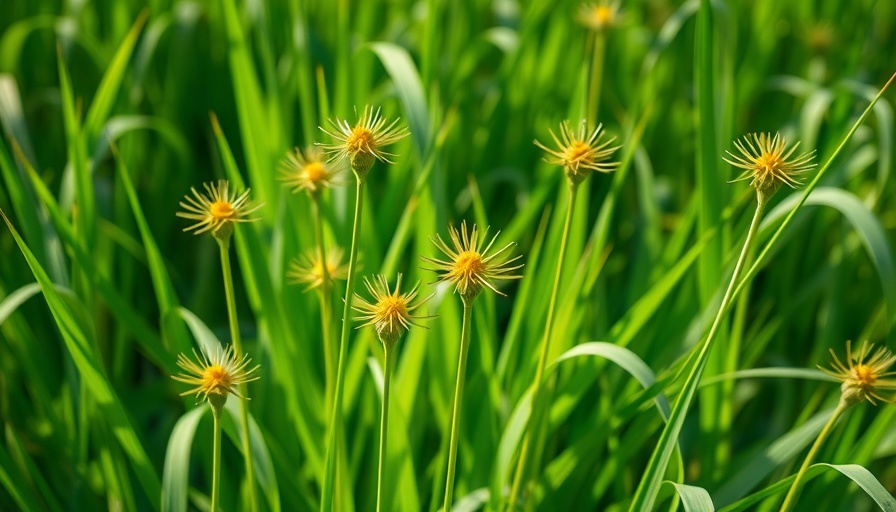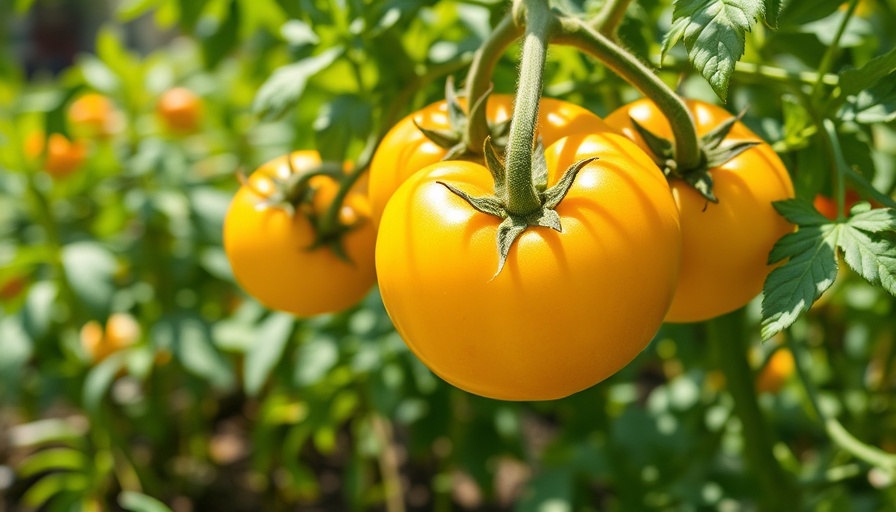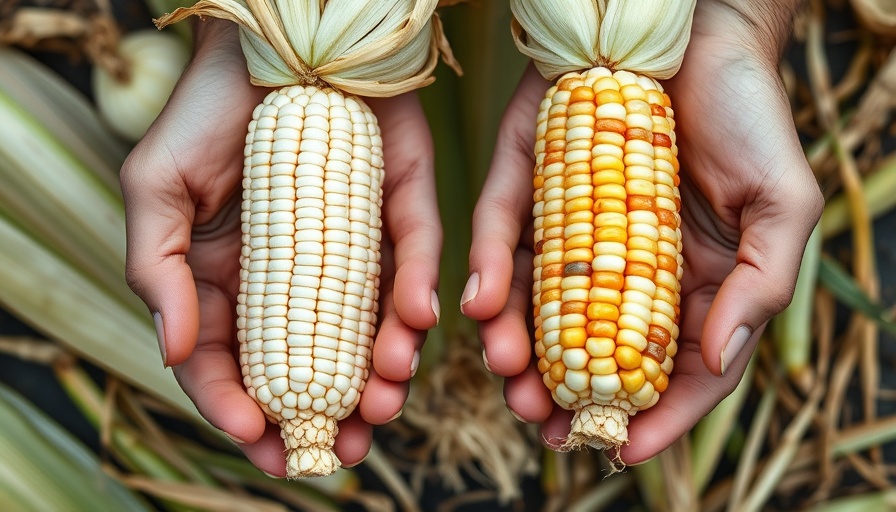
Discover the Unsung Heroes of Pollinator Gardens
While many gardeners are familiar with popular plants like bee balm and milkweed, a treasure trove of underrated pollinator plants awaits discovery in your garden. These lesser-known species not only invite a diverse range of pollinators but also add unique beauty to your outdoor space. With a blend of aesthetic appeal and significant ecological benefits, let’s dive into some of these hidden gems you can cultivate for a thriving pollinator garden.
Why Pollinators Matter
Pollinators such as bees, butterflies, and hummingbirds play a critical role in our ecosystems. They contribute to food production and plant biodiversity. By planting diverse types of flowers, we help ensure these essential creatures thrive. Incorporating underrated plants into your garden allows you to support the often-overlooked varieties of pollinators who may not rely on mainstream choices.
1. Blue Mistflower: A Late-Season Magnet
Botanical name: Conoclinium coelestinum
Sun requirements: Full sun to partial shade
Height: 1’-3’
Hardiness zones: 5-10
This delightful native plant is a standout that commonly goes unnoticed. Blue mistflower blooms late in the summer, providing critical nectar when many other sources have diminished. Its soft, blue-violet flowers attract butterflies like monarchs, making it a perfect addition for those looking to extend their pollinator season.
2. Golden Alexander: Beauty and Functionality
Botanical name: Zizia aurea
Sun requirements: Full sun to partial shade
Height: 1’-3’
Hardiness zones: 3-8
This cheery flowering plant boasts beautiful yellow blooms that light up any garden. Golden Alexander serves as an important food source for various insect pollinators during early spring, reinforcing the importance of planting flowers that bloom at different stages throughout the growing season.
3. Native Flora for Sustainable Gardens
Opting for native plants like the blue mistflower and golden Alexander not only enhances your garden's aesthetic but promotes sustainability. Native plants require less water, fertilizer, and maintenance since they're adapted to local conditions. This makes them a fantastic choice for those interested in eco-friendly yard care.
4. Practical Tips for Planting Underrated Pollinators
To create your own pollinator paradise, it’s essential to plan carefully. Consider garden planning tips that emphasize native species tailored to your specific region. Grouping plants with similar sunlight and water needs can simplify maintenance and ensure richer blooms.
Cultivating Connections: Your Local Pollinator Society
Many cities have local gardening groups that focus on pollinator-friendly practices. Joining one can offer insights on the best plants for your area and create a sense of community among outdoor and gardening lovers.
By incorporating these underrated plants into your garden, you can provide vital food sources for pollinators while enjoying a more colorful and diverse landscape. Start your journey today and make your garden the haven pollinators have been waiting for!
Now is the perfect time for a backyard makeover! Incorporate some of these excellent pollinator plants into your outdoor living space and enjoy the benefits of a vibrant garden buzzing with life.
 Add Row
Add Row  Add
Add 




Write A Comment